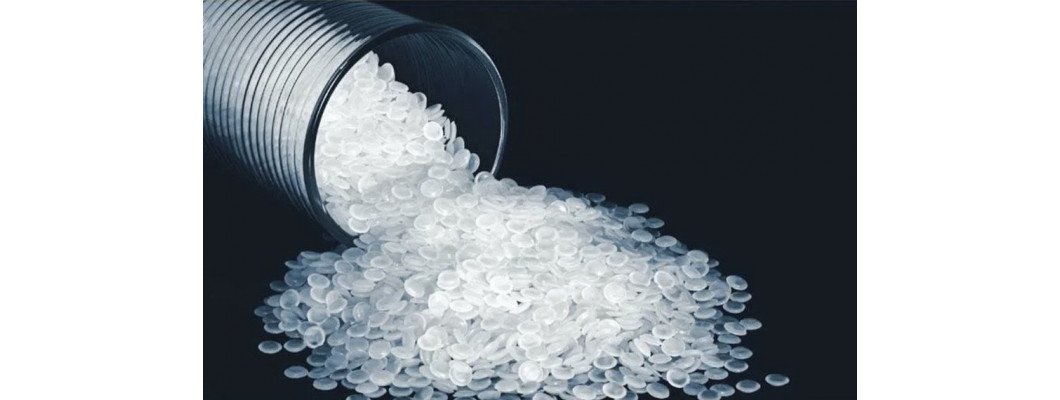
Difference in Quality of Anchors for Attaching Insulation Made from Primary or Secondary Raw Materials
Introduction
Primary Raw Materials
Anchors made from primary raw materials are produced from independent raw sources that have not undergone any processing. This means that the material used for anchor production is relatively pure and has homogeneous characteristics. High-quality polymers or metals are typically used to manufacture anchors, providing the necessary properties for effective fastening of insulation materials.
The advantages of anchors made from primary raw materials include:
1. High Strength: Anchors made from primary raw materials usually possess high strength, enabling them to withstand significant loads and ensuring reliable fastening of insulation materials over a long period.
2. Longevity: The use of high-quality primary raw materials ensures that anchors remain resistant to various influences such as temperature changes, moisture, and chemicals. This promotes the longevity of the insulation system as a whole.
3. No Impact on Insulation Quality: Anchors made from primary raw materials typically have no adverse effects on insulation quality. They do not emit harmful substances and do not conduct heat, helping to maintain the high efficiency of the insulation material.
Secondary Raw Materials
Anchors made from secondary raw materials are manufactured from waste or recycled materials that undergo processing. These materials can include recycled plastics, metal slag, or other secondary resources. The use of secondary raw materials has a positive impact on environmental sustainability and can help reduce waste.
The advantages of anchors made from secondary raw materials include:
1. Environmental Sustainability: The use of secondary raw materials contributes to reduced consumption of natural resources and decreased emissions. This supports improved environmental sustainability in the construction process.
2. Waste Reduction: Utilizing secondary raw materials reduces waste and promotes a closed-loop resource cycle. This is essential for preserving natural resources and reducing the negative impact on the environment.
3. Acceptable Quality: Modern technologies allow the production of high-quality anchors from secondary raw materials. They can possess properties comparable to anchors made from primary raw materials. However, it should be noted that the quality may vary depending on the specific materials used and the manufacturing processes.
Conclusion
When selecting anchors for attaching insulation materials, it is essential to consider the difference in quality between anchors made from primary or secondary raw materials. Anchors made from primary raw materials offer high strength, longevity, and do not impact insulation quality. Anchors made from secondary raw materials contribute to environmental sustainability and waste reduction.
When choosing anchors, it is crucial to consider project requirements, the quality of available materials, and compliance with local building standards. This will help ensure reliable and effective fastening of the insulation system and contribute to the creation of energy-efficient and environmentally sustainable buildings.
When attaching insulation materials such as expanded polystyrene (EPS) or mineral wool to building surfaces, anchors are used. Anchors are essential elements that ensure reliable fastening and durability of the insulation system. However, anchors can be manufactured from different types of raw materials, including primary or secondary sources. In this article, we will explore the difference in quality between anchors made from these two types of raw materials and their impact on insulation effectiveness.